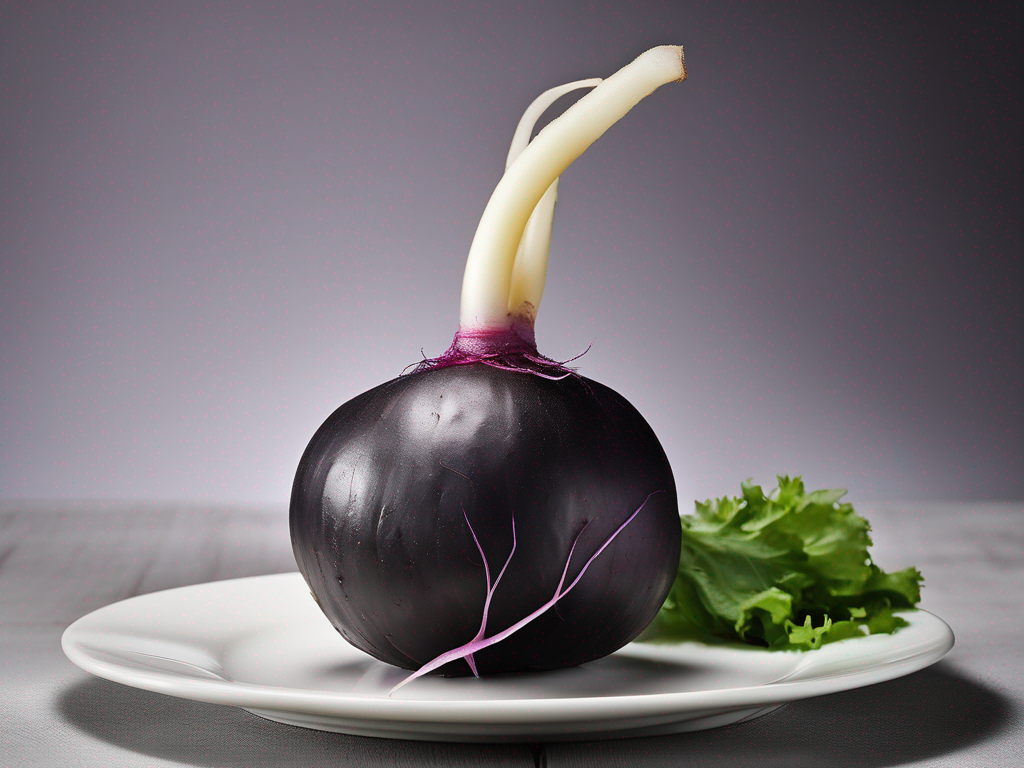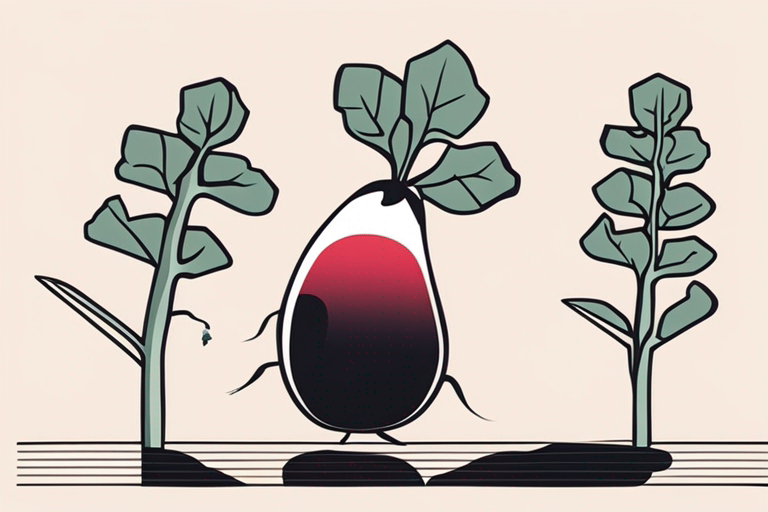
Signs that Black Radish has Gone Bad
Get Your Free Food Safety Cheat Sheet
30 most common foods with instant answers. Print it and stick it on your fridge—completely free!
Signs that Black Radish has Gone Bad
Black radish, with its unique flavor and numerous health benefits, is a popular vegetable used in various dishes. However, like any perishable food item, black radish can go bad if not stored properly or if it's past its prime. In this blog post, we will explore the signs that indicate black radish has gone bad and provide you with practical tips on how to store it correctly to prolong its freshness. (Black radish)
Understanding Black Radish
Black radish is a root vegetable that belongs to the radish family. It has a black or dark outer skin and white flesh inside. Black radish is known for its pungent flavor and is often used in salads, soups, and as a garnish. This vegetable is rich in nutrients such as vitamin C, fiber, and antioxidants, making it a healthy addition to your diet.
When choosing black radishes, look for ones that are firm, with smooth skin and no signs of mold or soft spots. Fresh black radishes should have a crisp texture and a slightly spicy taste.
Signs that Black Radish has Gone Bad
Visual Signs
-
Mold: Mold growth on the surface of the black radish is a clear indication that it has spoiled. Mold can appear as fuzzy white, green, or black spots on the skin of the radish.
-
Wrinkled Skin: If the skin of the black radish appears wrinkled or shriveled, it is a sign that the vegetable has lost its freshness and is past its prime.
Texture and Smell
-
Softness: When a black radish starts to go bad, it becomes soft and mushy to the touch. A fresh radish should be firm and crisp.
-
Unpleasant Odor: Spoiled black radishes may emit a foul or musty smell. If the radish smells off or rotten, it's best to discard it.
Taste
- Bitter Taste: If you notice a bitter or off-taste when biting into a black radish, it's a sign that the vegetable has gone bad and should not be consumed.
Proper Storage Tips for Black Radish
To extend the shelf life of black radish and keep it fresh for longer, follow these storage tips:
-
Refrigeration: Store black radishes in the refrigerator to maintain their freshness. Place them in a perforated plastic bag or a vegetable crisper drawer.
-
Remove Greens: If the black radish comes with greens attached, remove them before storing the vegetable. The greens can draw moisture from the radish, causing it to spoil faster.
-
Avoid Moisture: Keep black radishes dry to prevent mold growth. Wipe them with a paper towel if they are damp before storing.
-
Optimal Temperature: Black radishes should be stored at a temperature of around 32-40°F (0-4°C) to slow down the ripening process and maintain their crisp texture.
-
Use within a Week: For the best flavor and quality, consume black radishes within a week of purchase. They tend to lose their freshness and flavor over time.
Conclusion
In conclusion, black radish is a nutritious and flavorful vegetable that can enhance your culinary creations. By being aware of the signs that indicate black radish has gone bad and following proper storage practices, you can enjoy this vegetable at its best. Remember to inspect black radishes for mold, softness, and unpleasant odors before consuming them. With the right storage techniques, you can savor the unique taste of black radish in your favorite dishes. (Black radish)

Authoritative Food Safety References
These agencies and university labs inform every tip and health precaution we publish.
USDA FoodKeeper – Cold Storage Guidelines
Official refrigerator, freezer, and pantry timelines maintained by the U.S. Department of Agriculture.
Visit USDA FoodKeeperFDA Produce Safety Rule & Grower Guidance
Field-to-fridge handling practices that prevent contamination of fruits, vegetables, and leafy greens.
Visit FDA Produce SafetyCDC Foodborne Illness Prevention Hub
Surveillance-backed guidance on pathogens, symptoms, and steps to reduce foodborne illness risk.
Visit CDC Food SafetyUC Davis Postharvest Technology Center
University research detailing optimal storage atmospheres for produce after harvest.
Visit UC Davis PostharvestPenn State Extension – Home Food Preservation & Safety
Peer-reviewed extension bulletins on safe canning, chilling, and reheating practices.
Visit Penn State ExtensionQ: Can I still eat black radish if it looks wrinkled or shriveled?
Q: How should I store black radish to prolong its freshness?
Q: Can I freeze black radish to preserve it for later use?
Q: Are there any health risks associated with consuming spoiled black radish?
Get Your Free Food Safety Cheat Sheet
30 most common foods with instant answers. Print it and stick it on your fridge—completely free! Want more? Upgrade to the complete guide with 70+ foods.
Scan your food directly and get instant safety info using our AI-powered camera feature.